When I was writing my dissertation and subsequently my book, one of the subjects I wrote about was the Saraighat Bridge, a combined road-rail bridge built over the Brahmaputra River in Northeast India between 1958 and 1962.
The Saraighat Bridge was one of several road-rail bridges I encountered in India. Building a multi-use bridge can be an efficient way to carry traffic across a river, because it only requires building one bridge for both modes of transportation. Yet while road-rail bridges are common in India, they are rare in the United States. Why is that?
First off, even though combined bridges are efficient, they aren’t always the best engineering solution, because rail and road bridges are not exactly interchangeable. Road bridges have to be broad to carry multiple lanes of traffic, while rail bridges can be narrow because they only need to carry one or two rail lines.
Another reason has to do with timing. In the United States, development of road networks lagged behind the railroads, and therefore rail bridges tended to be built at strategic locations decades before road bridges. In India in the twentieth century, especially in the early-independence period (when Saraighat Bridge was built), road and rail networks were developed concurrently.
And a third reason involves jurisdiction. In India, both the road and rail networks are nationalized, whereas in the United States only roads are public while railroads are private. The rare examples of road-rail bridges in the United States tend to carry public roads and public rails belonging to municipal public transit systems. An example of this is the Manhattan Bridge, which carries seven road lanes and five lines of the New York City Subway across the East River.

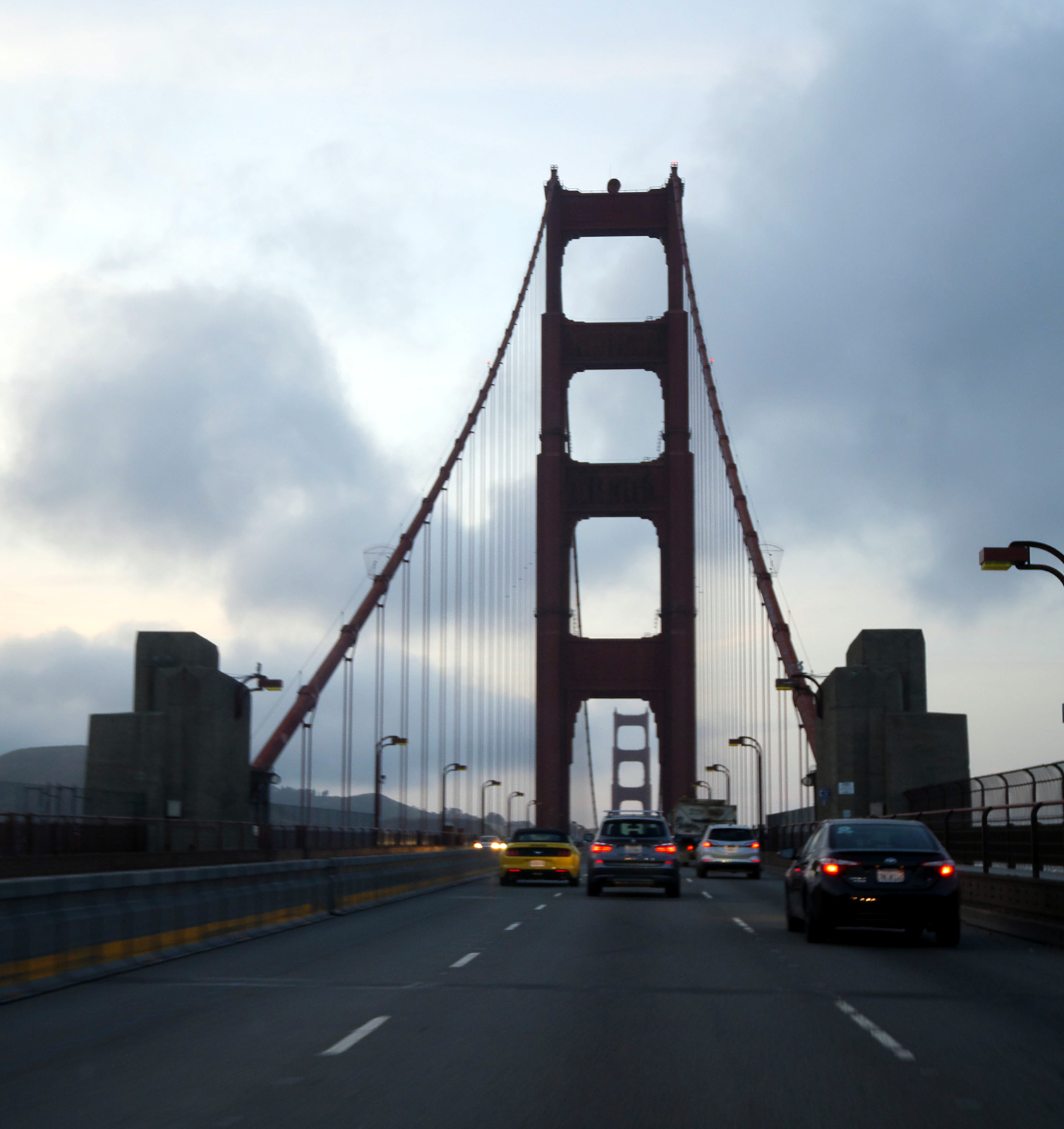
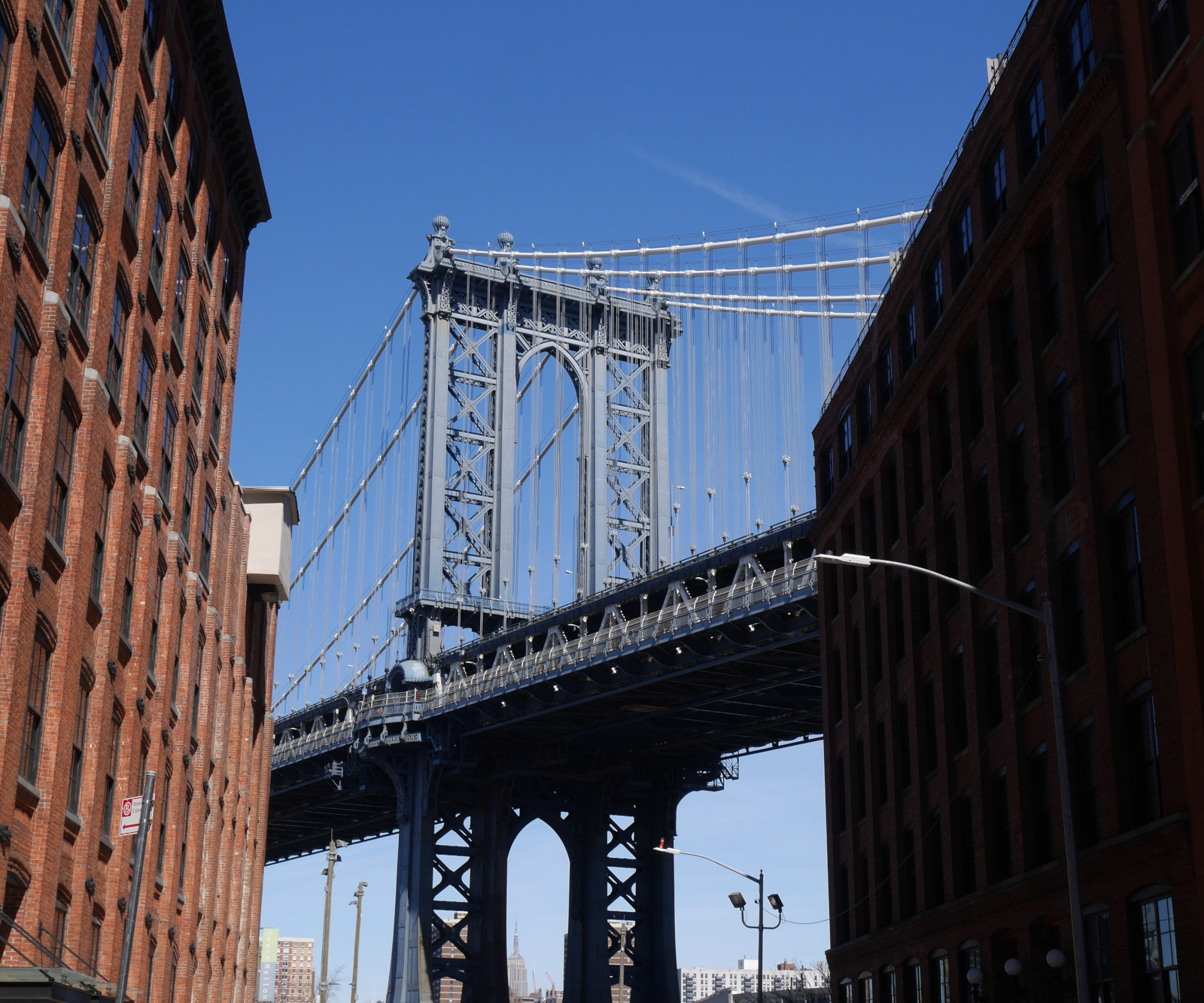

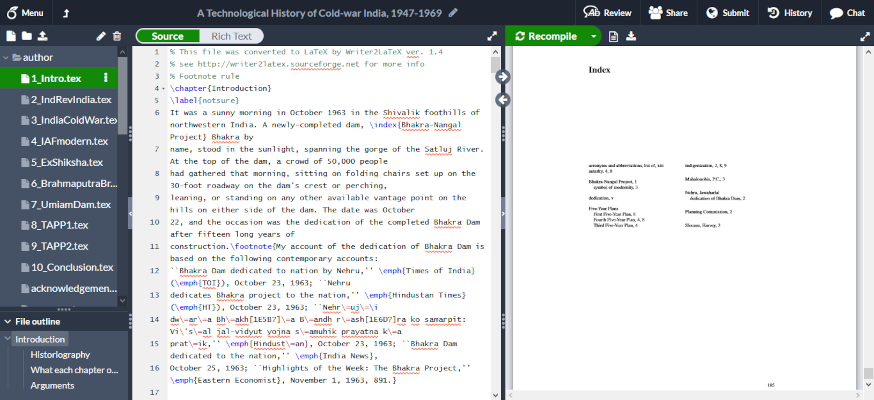
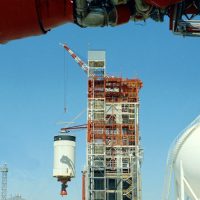
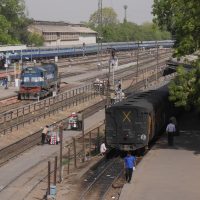
Leave a Reply